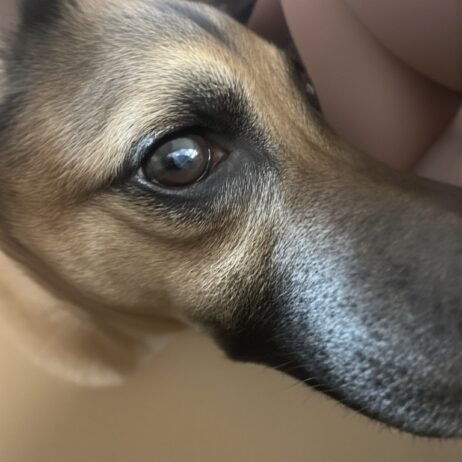Seasonal Dog Illness Explained
- 4 February 2024
- BuyAPet Editorial Team
- All Dogs, Dog Health
Seasonal Dog Illness Explained (SCI)
As a dog owner it’s important to stay aware of environmental dangers. Seasonal Canine Illness (SCI) has concerned owners since its first outbreak in autumn 2010.
What is Seasonal Canine Illness?
Seasonal Canine Illness is still something of a mystery. It’s most prevalent from August to November and—if unnoticed or untreated—can be fatal. The damp, leafy floor of autumn woodland appears to be a common backdrop in reported cases.
Research has ruled out several suspects (such as man-made poisons, contaminated water and fungi) and highlighted common themes—harvest mites are frequently reported. Owners are advised to keep parasite prevention up to date by the end of July.
Evidence suggests SCI can’t be transmitted from one dog to another. Research continues, so owners should remain alert to symptoms and seek veterinary advice promptly.
Common Symptoms (1–3 days after an autumn woodland walk)
- Vomiting
- Diarrhea
- Loss of appetite
- Lethargy
- Abdominal pain
- Fever
- Muscle tremors
- Occasionally a rash on the legs and underside
See a vet immediately if one or more symptoms occur after an autumn woodland walk. It may be a general bout of illness—but it’s always worth checking.
How is Seasonal Canine Illness treated?
SCI can be hard to diagnose because symptoms overlap with other illnesses and there’s no specific test. Vets treat the symptoms directly; if caught early, a course of antibiotics may be used. Left untreated, dogs can deteriorate quickly.
With prompt veterinary care, many dogs recover within around 10 days of intensive treatment.
Reducing the risk
- Keep parasite prevention up to date by the end of July (harvest mites are a frequent factor).
- Keep your dog well hydrated before and after walks.
- Consider avoiding woodland walks during peak season (August–November) if you’re concerned.
- Share your experience by completing the SCI questionnaire if available online.
Research has reported trends but no single confirmed cause; stay alert and speak to your vet if you’re unsure.
FAQs
This article is informational and not a substitute for professional veterinary advice. If in doubt, contact your vet.
